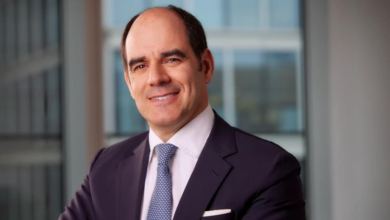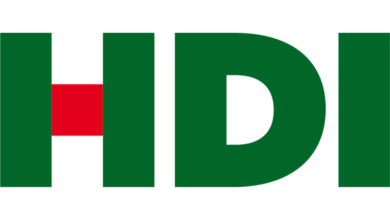Bermuda Brokers talk about the rapid development of hybrid interface models

Bermuda Brokers talk about the rapid development of hybrid interface models
re Insurance
Written by Mia Wallace
“The market is ripe with opportunities for companies offering hybrid fronting arrangements to prove their value and gain greater acceptance,” revealed a special report by AM Best on how risk-sharing partnerships between specialist trade-focused front-end insurers and their reinsurers are evolving.
Amid changing market conditions and growing interest from managing general agents (MGAs) and capital providers, the number of hybrid front companies is increasing. But what is behind the development of the hybrid interface model? Speaking with Re-Insurance Business, Bermuda Brokers CEO Hugh O’Donnell (pictured left) joined senior broker Neil Hitchcock (pictured right) and business development consultant Kurt Bounds to discuss what’s happening in the market.
Get the latest reinsurance news straight to your inbox twice a week. Register here
What is the difference between traditional and hybrid facade models?
Traditional or “pure” fronts have seen leading insurers merely put up their cards, taking on little, if any, of the underwriting risk — or even credit risk — involved, Hitchcock said. He noted that some carriers had very strict contracts and many reinsurers did not want to adhere to them because they were too tight.
“Hybrid companies are carriers that spread their paper — whether accepted or not — where they bear a significant share of the risk,” he said. “This significant share of risk tends to creep to the top. It used to be that if they took on 10% of the risk, reinsurers would be happy because it meant someone else had a piece of the game rather than just effectively leasing out their insurance licenses.” .
“Now, a lot of reinsurers are asking to take a 20% or 25% paper, which changes the landscape because they now need more capital and more underwriting vehicles, unless they are perfectly happy to blindly follow reinsurers,” he said. “Agreements.”
The three forms of risk that a front company can take
O’Donnell highlighted that there are three broad ‘buckets’ of risk that an interface company can take – each of which has been significantly affected by the shift to hybrid interface. The first is a pro rata share, he said, which means if you write $10 million in premium, you have to take on €2 million of that risk yourself while keeping 20%. In this scenario, you keep 20% of the premium, pay 20% of any loss, take an upfront fee and give up 80% of the risk.
“But we have moved into the hybrid interface world because we have a lot of MGAs, and part of that move is that the MGAs themselves are required to take more risks,” he said. “Also, the type of reinsurers looking to participate has changed from being large A or A-minus rated entities to more diversified, large-cap secured reinsurers.
“This brings us to the second type of risk that front companies are being asked to take today – credit risk. The credit risk that they will not be able to recover from the MGA and its family, or from the MGA and its tiered commissions, or from the collateralized reinsurer. The fact that the front companies were Willing to move and explore credit risk positively rather than saying it’s an area you won’t go into has been one of the other big changes in the last few years.
The third and final piece of risk is secondary risk, which O’Donnell said is most evident in real estate catastrophe-related businesses. Tail risk is the risk of exceeding the available reinsurance loss ratio.
“A clear example of this is that when it comes to cat risks, the reinsurance limit is often expressed as one event in 100, one in 200, or one in 400 years,” he said. So, if the reinsurance limit is one event every 500 years – and there is an event every 600 years, the front company must bear some of the loss itself.
How did the hybrid interface model develop?
It has been interesting to see the evolution of the hybrid interface model, Pounds noted, particularly in the context of the two tiers of existing hybrid interface markets. The first is the hybrid interface market that looks at programs that bring in premiums of $50 million or more, and the second is those markets that look at programs that bring in less than $25 million, and perhaps even less than $10 million.
“I find it uniquely relevant that the emergence of hybrid interface models has grown dramatically alongside the emergence of insurance companies,” he said. “(That’s because) these many small insurance companies, which I think of as hybrid interface models, are fed by the amount of technology and data that can be extracted for each of these programs.
“I think 10 years from now, what we’ll see is a period where the core insurers and the hybrid interface models start to move closer together.”
Get the latest reinsurance news straight to your inbox twice a week. Register here






Fetching comments…